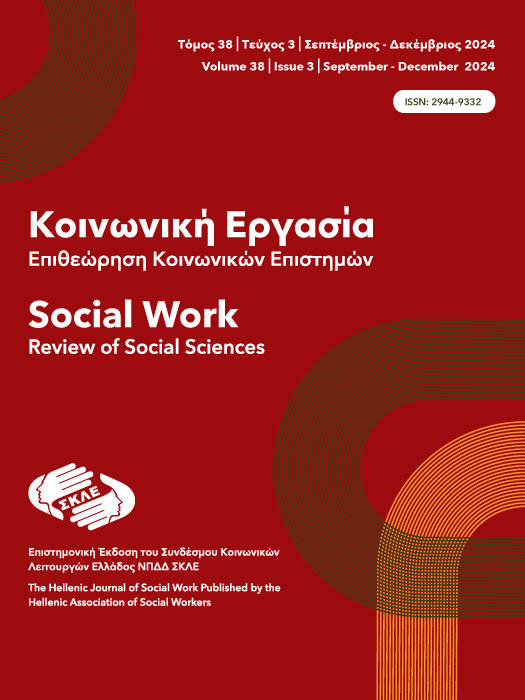Η τεχνική ήρεμος/ασφαλής τόπος σε πλαίσια ιδρυματικής φροντίδας

Περίληψη
Η τεχνική του «ήρεμου/ασφαλούς τόπου» αποτελεί μια άσκηση νοερής απεικόνισης που χρησιμοποιείται στο στάδιο της σταθεροποίησης κατά τη θεραπεία τραύματος, προσφέροντας στα παιδιά έναν χρήσιμο πόρο για την αντιμετώπιση έντονων συναισθημάτων κατά την επεξεργασία του τραύματος. Η τεχνική αυτή παρέχει μια μορφή ελεγχόμενης αποσύνδεσης, η οποία μπορεί να είναι ιδιαίτερα λειτουργική. Ωστόσο, τα παιδιά που ζουν σε πλαίσια ιδρυματικής φροντίδας έχουν συχνά βιώσει αναπτυξιακά και πολλαπλά τραύματα, με αποτέλεσμα να μην έχουν αναπτύξει ασφαλείς δεσμούς προσκόλλησης, γεγονός που δυσχεραίνει τη διαδικασία σύνδεσης με έναν ήρεμο και ασφαλή εσωτερικό τόπο. Οι ανήλικοι που έχουν βιώσει σοβαρά ψυχικά τραύματα σε ιδρυματικά περιβάλλοντα παρουσιάζουν συχνά δυσκολίες στην κατανόηση και την αξιοποίηση αυτής της τεχνικής. Το παρόν άρθρο παρουσιάζει τη συγκεκριμένη μέθοδο, συνοδευόμενη από ανάλυση 14 ζωγραφιών παιδιών που είχαν παραπεμφθεί για θεραπεία EMDR στη μονάδα «Σπίτι του Παιδιού» και διαμένουν σε διαμερίσματα του συλλόγου «Το Χαμόγελο του Παιδιού». Σε ορισμένες από τις εικόνες υπήρξε ανάγκη προστασίας της ιδιωτικότητας, ενώ παράλληλα αναλύονται τα μοτίβα που εντοπίστηκαν στις δημιουργίες των παιδιών. Επιπλέον, το άρθρο στοχεύει να παρουσιάσει τα ευρήματα μιας εστιασμένης συζήτησης (focus group) με τη συμμετοχή τριών θεραπευτών EMDR (δύο κλινικών ψυχολόγων και ενός παιδοψυχίατρου). Οι συμμετέχοντες ψυχοθεραπευτές, που είχαν εφαρμόσει τη μέθοδο και συνεργάζονταν θεραπευτικά με τα παιδιά, συζήτησαν τόσο τα εμπόδια στη δημιουργία ενός ασφαλούς χώρου εργασίας όσο και τις θεραπευτικές προτάσεις για την αποτελεσματική εφαρμογή της τεχνικής σε αυτόν τον πληθυσμό. Τα αποτελέσματα της συζήτησης παρουσιάζονται μέσω ανάλυσης SWOT, παρέχοντας προτάσεις για την προσαρμογή της τεχνικής σε ιδρυματικά πλαίσια φροντίδας.
Λεπτομέρειες άρθρου
- Πώς να δημιουργήσετε Αναφορές
-
Τσουβέλας Γ., Χονδροκούκη Μ., Αντωνίου Ξ., & Νικολαΐδης Γ. (2024). Η τεχνική ήρεμος/ασφαλής τόπος σε πλαίσια ιδρυματικής φροντίδας. Κοινωνική Εργασία. Επιθεώρηση Κοινωνικών Επιστημών, 38(3), 68–80. https://doi.org/10.12681/socialwork-rss.39293
- Τεύχος
- Τόμ. 38 Αρ. 3 (2024): 3/2024
- Ενότητα
- Άρθρο

Αυτή η εργασία είναι αδειοδοτημένη υπό το CC Αναφορά Δημιουργού – Μη Εμπορική Χρήση – Παρόμοια Διανομή 4.0.


